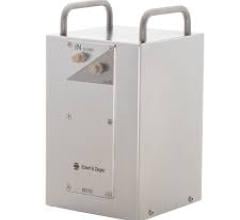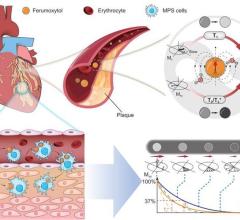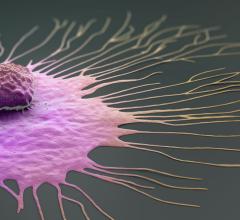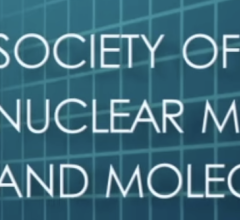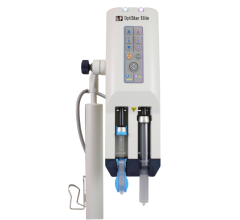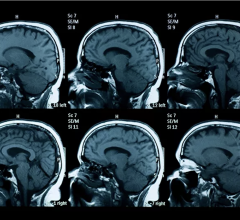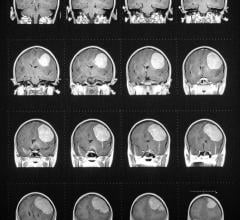January 10, 2008 – Due to the short lifespan of the popular radioactive isotope fluorine-18, researchers have developed germanium-68, designed with a longer shelf life and allowing for more accurate measurements.
Developed in part by researchers at the National Institute of Standards and Technology (NIST), with an Ohio-based nuclear medicine company, RadQual, germanium-68 has a half-life of about 270 days, but its radiation decay characteristics are very similar to fluorine-18. Though germanium-68 would not be used in actual PET procedures, it would be used to calibrate the machines properly, allowing for improved measurements of the fluorine-18 isotopes.
Fluorine-18 is used to light up the body during PET scans, revealing tumors, monitoring heart activity and determining with regions of the brain are active during certain tasks. Because fluorine-18 has such a short lifespan, PET-related measurements from center to center and patient to patient are difficult to compare with one another.
NIST researchers have calibrated solutions of germanium-68 that could become the basis of a new standard reference material for this isotope. The next phase of this project involves working with RadQual to calibrate a new "mock" syringe standard that would use germanium-68 embedded in an epoxy to simulate fluorine-18 in a syringe. This would help researchers more accurately determine the amount of fluorine-18 to be injected into patients during the PET procedure so as to minimize radiation dose while still producing the best image. NIST is also working independently on a germanium-68-based PET "phantom" that can be used to calibrate PET scanners in a way that is traceable back to NIST.
The first commercial products from this collaboration may be reaching PET centers later this year. By giving doctors more accurate results on how specific patients are responding to cancer treatments and providing more precise indications earlier in clinical trials as to how individual patients are metabolizing particular drugs, better standards for PET imaging may hasten the arrival of "individualized" medicine.
For more information: www.nist.gov, www.radqual.com


 July 09, 2024
July 09, 2024 


